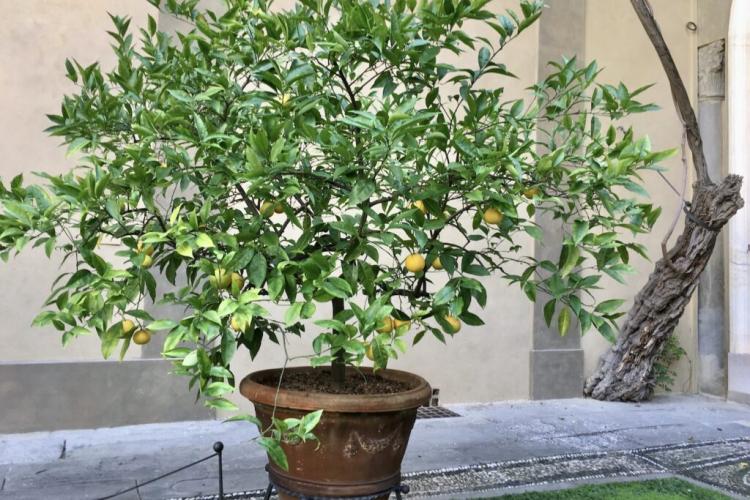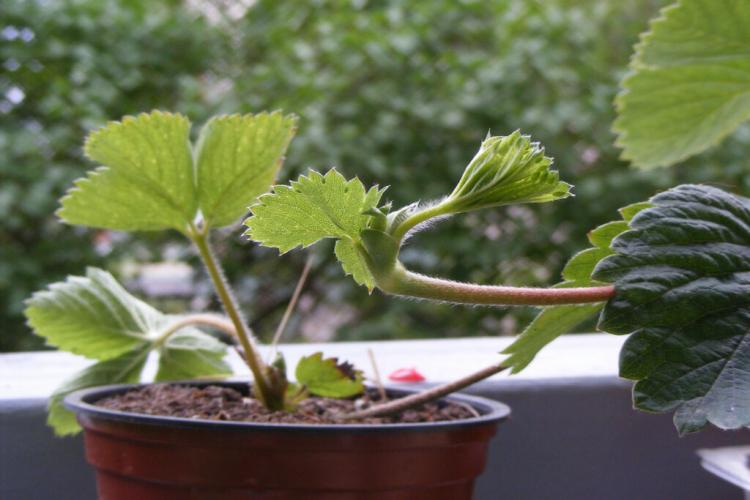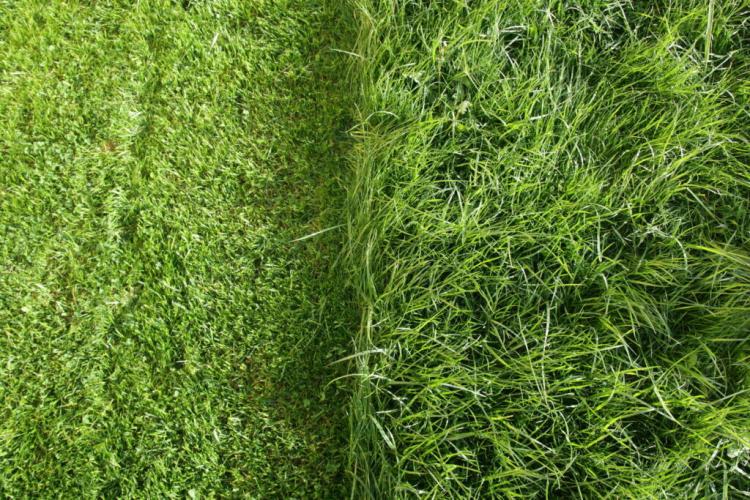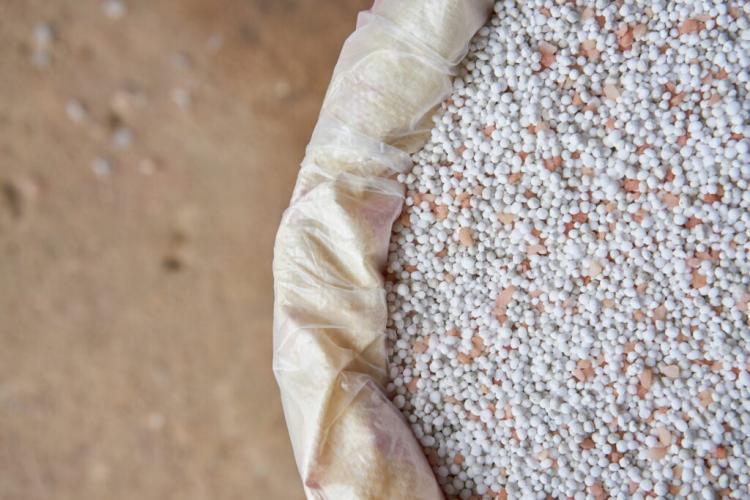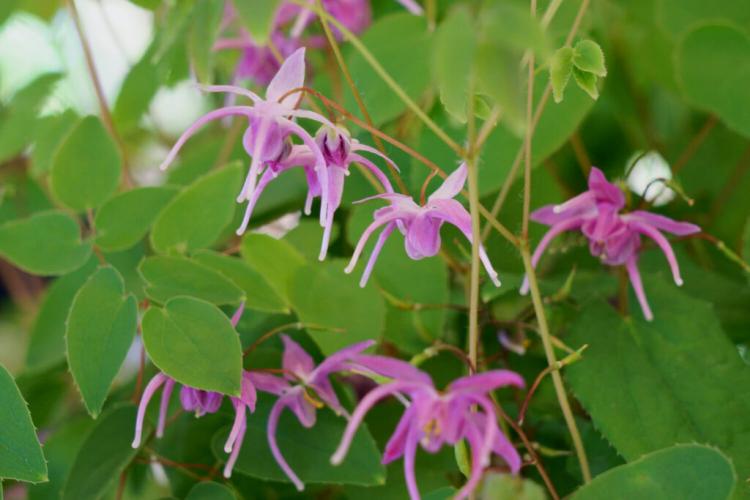Caring for succulents: properly watering, fertilizing & co.
Succulents are generally undemanding. Nevertheless, you should know certain tips and tricks in order to really meet their requirements.
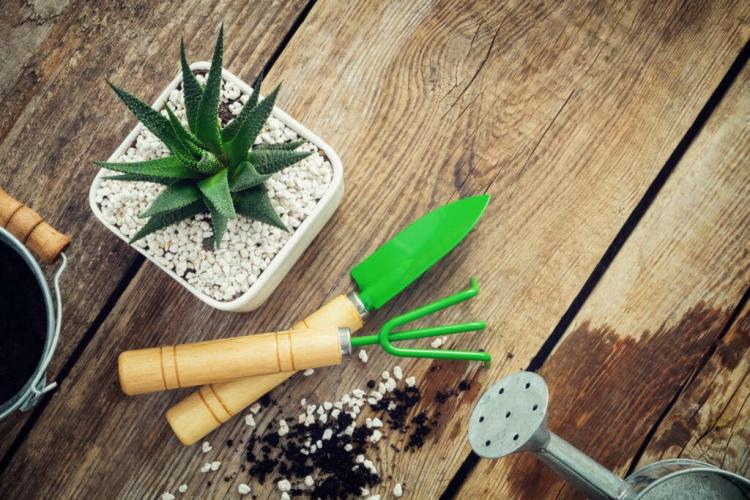
Succulents also enjoy a pot with fresh substrate [Photo: Chamille White / Shutterstock.com]
Who does not know her? The water-storing succulents are popular houseplant and can also be seen in Germany with some species in gardens. The desert-like plants, which are characterized by their thick-fleshed leaves or stems, are generally considered to be particularly easy to care for and hardly pose any problems even for people without “green fingers”. which we present in the following.
Care requirements of succulents
Table of Contents
The majority of succulents, which comprise a large number of families and genera, require very little care. For example, the heat-loving plants can tolerate the lack of watering during the summer vacation without any problems. With succulents, however, always pay attention to the right location: Due to the desert-like origins of many succulent species, a sunny and warm location makes sense. In summer, the thick-leaved plants can also stay in the garden without any problems.
Watering succulents properly
An important aspect with the undemanding succulents is always the right amount of water. It is better to water too little than too much, because succulents react to excess water and waterlogging with root rot. The plant cultivation of the unusual plants specializes in the storage of water in the plant organs, so they require little moisture. Nevertheless, a succulent plant should also be lightly watered about once a week. Always pour the water off the saucer or planter after watering.

Cacti and other succulents don't need a lot of water [Photo: Piyabuth / Shutterstock.com]
Fertilize succulents properly
As with the subject of water, the use of fertilizers must also be viewed with caution. Fast-growing succulents can be fertilized approximately every three weeks with special cactus and succulent fertilizers in order to provide the plant with sufficient nutrients. The fertilizers are characterized by a high content of potassium and are tailored to the needs of the water-storing plants. In terms of resource-saving use, the use of organic fertilizers is recommended. In addition, this is much more gentle on the plant than conventional fertilizer. Here, too, the following applies: You should avoid overdosing so that the roots do not get burned. Slowly growing succulents, on the other hand, usually do not need any fertilizers at all.
Here again all tips for the correct care of succulents summarized:
- Warm and sunny location
- Pour only a little; Avoid waterlogging at all costs
- Fertilize only fast growing succulents; about every three weeks
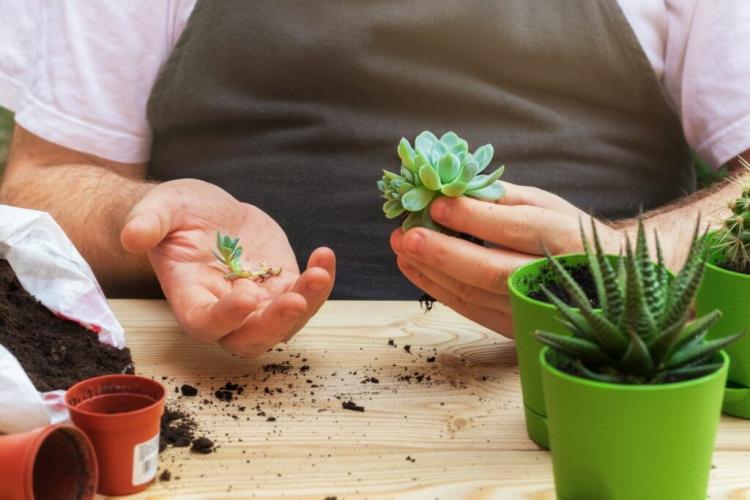
Succulents are extremely easy to care for contemporaries [Photo: Marina-foodblogger / Shutterstock.com]
Repot succulents
Repotting succulents is an important step from time to time to provide new substrate and add volume for the roots. If the previous pot has become too small, a correspondingly larger one should be selected. We show you what to look out for.
When are succulents repotted?
In the case of succulents, it is sufficient to change the substrate every two to three years. Ideally, spring is the ideal time for this, when the growing season begins slowly. This gives the plant enough time to adjust to the changed conditions during the summer.
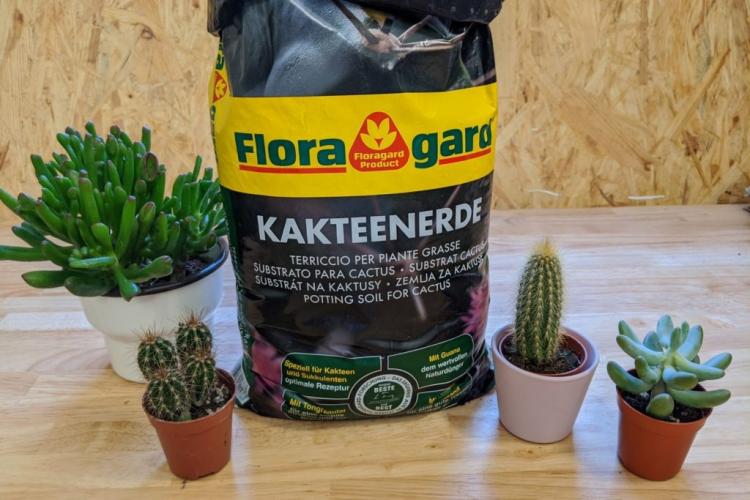
In the case of succulents, it is sufficient to change the substrate every two to three years
How and with what substrate are succulents repotted?
Choosing the right substrate is crucial for the correct repotting of succulents, as the moisture-sensitive plants need permeable soil. We recommend a special cactus and succulent soil that optimally supplies your plants with all the nutrients and has the right properties.
* in cooperation with Floragard
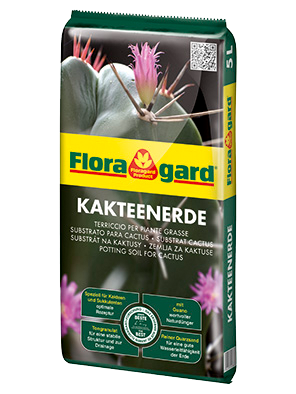
If you have carefully removed the plant from the old pot, you should also line the new pot with potsherds before planting. These serve as a drainage layer and automatically prevent waterlogging on the ground. Basically, a clay pot is preferable to a plastic pot, as the moisture accumulates in this much less.
Repotting succulents at a glance :
- Every 2 – 3 years in spring
- Special substrate for cacti and succulents
- Clay pot instead of plastic pot
- Drainage layer made of potsherds on the floor
Wintering succulents: hardy species
Succulents are not only popular ornamental plants in the house – they also contribute to a beautiful picture in the garden. But not all succulents survive the frosty winter in Germany. The following succulents also defy the temperatures in the cold season:
- Several types of yucca, including Yucca filamentosa and Yucca baccata
- Cacti such as opuntia (prickly pear), including Optuntia tortispina
- Echeveria such as Echeveria elegans
- Adipose hens, which are also very common in temperate climates; including, for example, the magnificent sedum plant ( Hylotelephium spectabile )
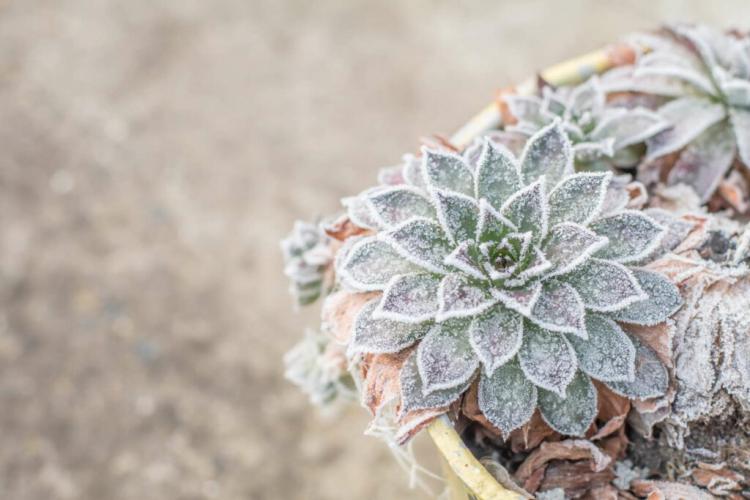
There are definitely hardy succulents [Photo: Iuliia Kudrina / Shutterstock.com]
When wintering succulents in Germany, the wet factor must be taken into account. In autumn, make sure that the plant can overwinter as protected from the rain as possible, ideally by standing in a rain-protected location or by a superstructure.
It is not only easy to care for succulents, but propagation is usually not a big challenge either. In our special article you will find out how you can propagate succulents.
Many thanks to Floragard for the support!

